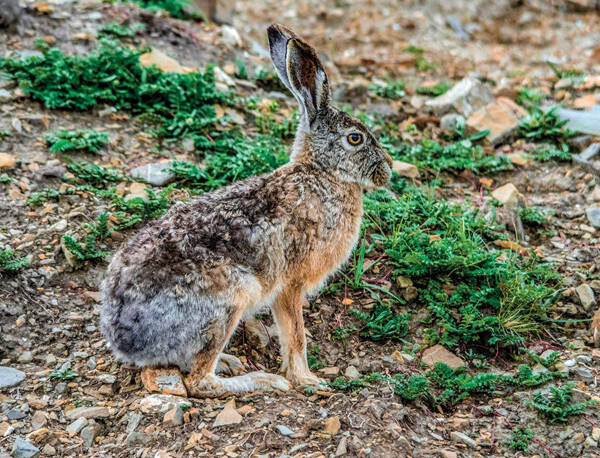
Melogale orientalis
Melogale orientalis,Javan ferret badger,Burmese ferret badger
The Javan ferret badger's scientific name is Melogale orientalis, and it···

Melogale moschata
Melogale moschata,Chinese Ferret-badger,Fish loach, white-nosed civet cat, white-fronted civet cat, mountain badger, piglet civet cat
The ferret badger (scientific name: Melogale moschata) is known as Chinese F···

Arctonyx collaris
Arctonyx collaris,Hog-Badger,Sand badger, mountain badger
Hog Badger (scientific name: Arctonyx collaris) is also known as Hog-Badger ···

Meles meles
Meles meles,Eurasian Badger,Badger, badger, mountain badger,
Badger (scientific name: Meles meles) is also known as Eurasian Badger. It i···

Poecilogale albinucha
Poecilogale albinucha,White-necked ferret
The white-necked weasel (scientific name Poecilogale albinucha) is a small c···

Ictonyx striatus
Ictonyx striatus,zorille,African stoat, Striped stoat
The African sagebrush (scientific name Ictonyx striatus), also known as zori···

Lepus yarkandensis
Lepus yarkandensis, South Xinjiang rabbit, hare, Shache rabbit
The classification status of the Tarim rabbit is stable, but there is a lot ···

Lepus tolai
Lepus tolai,Hare, Central Asian rabbit, Steppe rabbit
Mongolian rabbits are active both day and night, but are most active at dusk···

Lepus timidus
Lepus timidus,White rabbit, color-changing rabbit, blue rabbit
The snow hare is the earliest rabbit species to be named. The species classi···

Lepus tibetanus
Lepus tibetanus,Tibetan hare, Tibetan hare, desert hare
The classification status of the Tibetan rabbit is very confusing. It was no···

Lepus sinensis
Lepus sinensis,Mountain rabbit, short-eared rabbit, woolly rabbit, hare
The classification of South China rabbit is somewhat controversial. The Kore···

Lepus oiostolus
Lepus oiostolus,Gray-tailed rabbit, Fluffy rabbit
Plateau rabbits are herbivorous animals. In agricultural areas, they feed on···

Lepus mandshuricus
Lepus mandshuricus,Grass rabbit, mountain rabbit, black rabbit, mountain jump
This species is controversial in classification. It was once considered to b···

Lyncodonpatagonicus
Lyncodonpatagonicus,Patagonian weasel, steppe weasel
The grassland weasel (scientific name Lyncodonpatagonicus), also known as th···

Lepus oiostolus
Lepus oiostolus,Southwest rabbit, Yunnan rabbit
In the past, Yunnan rabbits were long considered a subspecies of the plateau···

Ochotona coreana
Ochotona coreana
The Changbai Mountain pika belongs to the <Pika> subgenus. It has a na···

Galictis vittata
Galictis vittata,Greater nest weasel, South American weasel
The scientific name of the Great Nest Weasel is Galictis vittata. The Great ···

Ochotona pallasi
Ochotona pallasi,Daurian pika, Pascal's pika, rabbit mouse, rabbit, crying rabbit, Mongolian pika, Daurian pika, Mongolian pika
The Mongolian pika belongs to the subgenus <Pika>, and its classificat···

Galictis cuja
Galictis cuja
Galictis cuja, like most species, is active at night or at dusk, though some···

Ochotona mantchurica
Ochotona mantchurica
The Manchurian pika belongs to the subgenus <Pika>, and its classifica···

Ochotona alpina
Ochotona alpina
The Alpine Pika belongs to the subgenus <Pika>, and its taxonomic stat···
